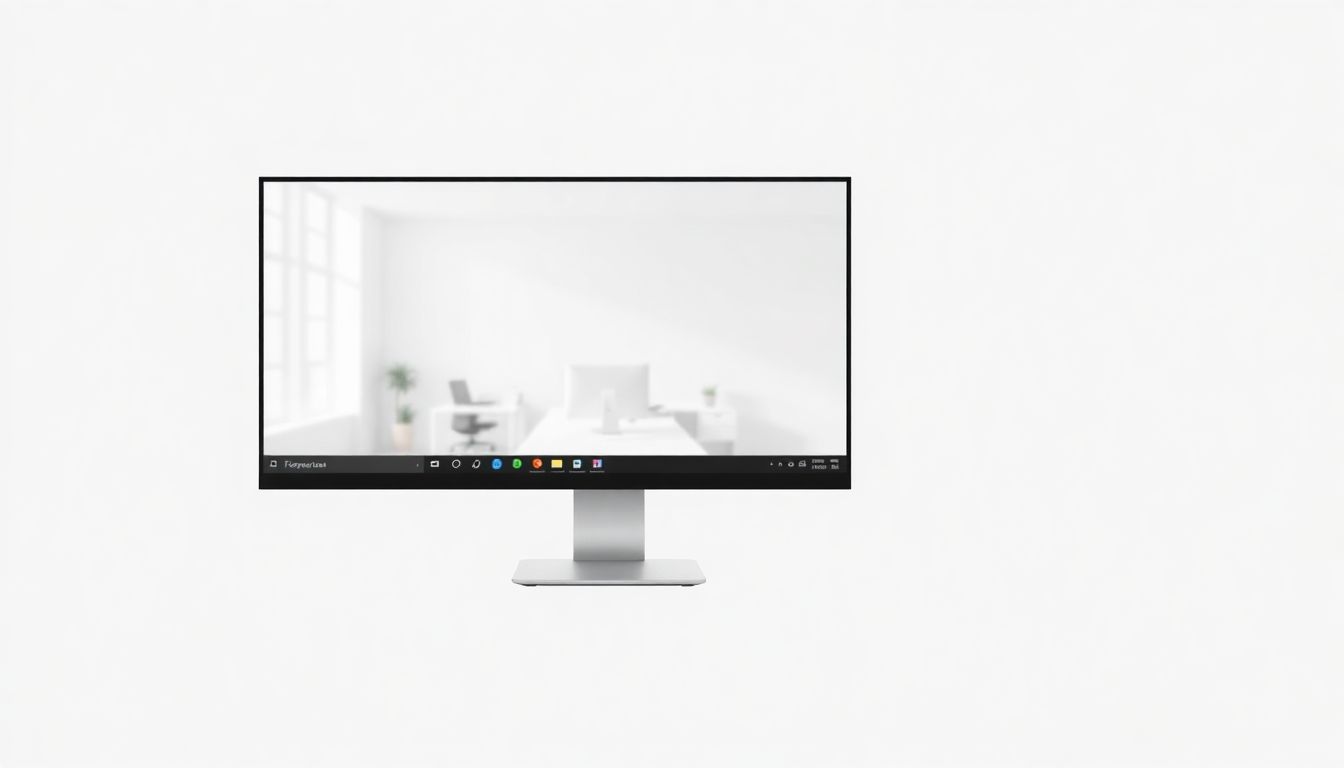

Imagine having a computer that you can access from anywhere. That’s the power of an RDP server. It gives you flexibility and control. Many believe it’s costly to use. But, getting a free RDP server is possible through several avenues.
Understanding RDP Servers and Their Uses
RDP servers let you connect to a remote computer. This is done over a network. It’s like having a super-powered computer in the cloud. What makes them so useful?
What is a Remote Desktop Protocol (RDP) Server?
RDP stands for Remote Desktop Protocol. Think of it as a language that two computers use. One computer, the client, connects to another, the server. The server then displays its screen on the client. You can then control the server as if you were sitting right in front of it. This happens no matter where you are physically located.
Common Use Cases for RDP Servers
Why would you want an RDP server? Many tasks benefit from one. Software developers use them for testing. You can also access content blocked in your country. Gamers use them for powerful gaming rigs. Businesses use them for remote workers. Resource-heavy tasks work great on RDP.
Why Choose an RDP Server? Benefits Explained
RDP servers offer some unique gains. Your data is more secure. It’s stored on the server, not your device. It gives you remote access from any device. It can even save you money in the long run.
Legitimate Ways to Obtain a Free RDP Server
“Free” often means there are limits. Think of trials or fewer resources. It’s critical to look at legitimate sources. Don’t risk your data with shady providers.
Free Trial Offers from Cloud Providers
Cloud providers such as Amazon AWS, Google Cloud, and Microsoft Azure all provide free trials. This allows you to test their services. You can set up an RDP server in their ecosystem. Just sign up for a free account. Follow their instructions to launch a virtual machine. Remember, these trials usually last for a limited time.
Free RDP Hosting Providers (Limited Resources)
Some providers offer genuinely free RDP servers. Expect restrictions with these options. You may have less bandwidth, storage, or processing power. These might work for very light tasks. Heavy workloads will likely struggle. Think of them like a demo version.
Educational and Student Programs
Some schools provide free RDP server access. These are for students’ school projects and research. Eligibility requirements vary between institutions. Check with your school to see what’s available. Just ask your professor, they’ll point you in the right direction.
Setting Up Your Free RDP Server
Setting up an RDP server is not that hard. It involves a few simple steps. The exact process depends on the provider you choose.
Connecting to Your RDP Server
Most operating systems have built-in RDP clients. Windows, macOS, and Linux all have them. Open the RDP client on your machine. Enter the IP address and login details of your server. Once connected, you’ll see the server’s desktop. If you’re having issues, double-check the IP address. Also verify your firewall settings.
Initial Configuration and Security Best Practices
Security should be your top priority. Right after setting up the server, change the default password. Pick a strong password that is hard to guess. If available, enable two-factor authentication. This will add an extra layer of security. Configure the firewall to only allow necessary connections.
Optimizing Performance on a Free RDP Server
Free RDP servers often have limited resources. You’ll need to get the most out of them. Disable any services you don’t need. Adjust visual settings to reduce resource usage. Monitor resource consumption regularly. That way, you can catch any bottlenecks early.
Potential Risks and Limitations of Free RDP Servers
Using only free RDP servers comes with some downsides. It’s important to know these beforehand. This way you can make good decisions.
Security Concerns and Data Privacy
Security can be a big issue with free RDP servers. Less known providers may have weak security. It is a good idea to encrypt your data. Check the provider’s privacy policy. Make sure your information is protected.
Performance Issues and Resource Constraints
Free servers usually have less power. Limited CPU, RAM, and bandwidth can slow things down. Especially during peak times. It might not handle demanding tasks very well.
Reliability and Uptime Guarantees
Free RDP servers usually don’t come with guarantees. There is no assurance you’ll get reliable access. Downtime and data loss can happen. Always back up your data. It may save you headaches.
Upgrading to a Paid RDP Server: When and Why
At some point, a paid RDP server might make more sense. Especially as your needs grow. Paid options offer more.
Scaling Your Resources as Needed
Paid plans let you increase resources. You can get more CPU, RAM, storage, and bandwidth. This means better performance. It also means your server can handle more tasks.
Enhanced Security and Support
Paid RDP servers often have better security. You also get dedicated support. Service Level Agreements (SLAs) ensure uptime. This all adds up to a more reliable service.
Choosing the Right Paid RDP Server Provider
Picking a paid RDP server requires research. Compare providers. Think about what you need. Server location and hardware matter. Read customer reviews. Balance cost and features. This helps you find the best fit.
Conclusion
Getting a free RDP server is achievable. You need to know the limits and risks. Explore paid options as your needs increase. Use RDP responsibly. It is a powerful tool.


Leave a Reply